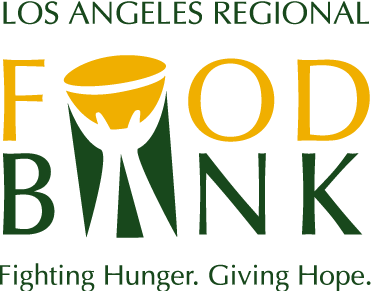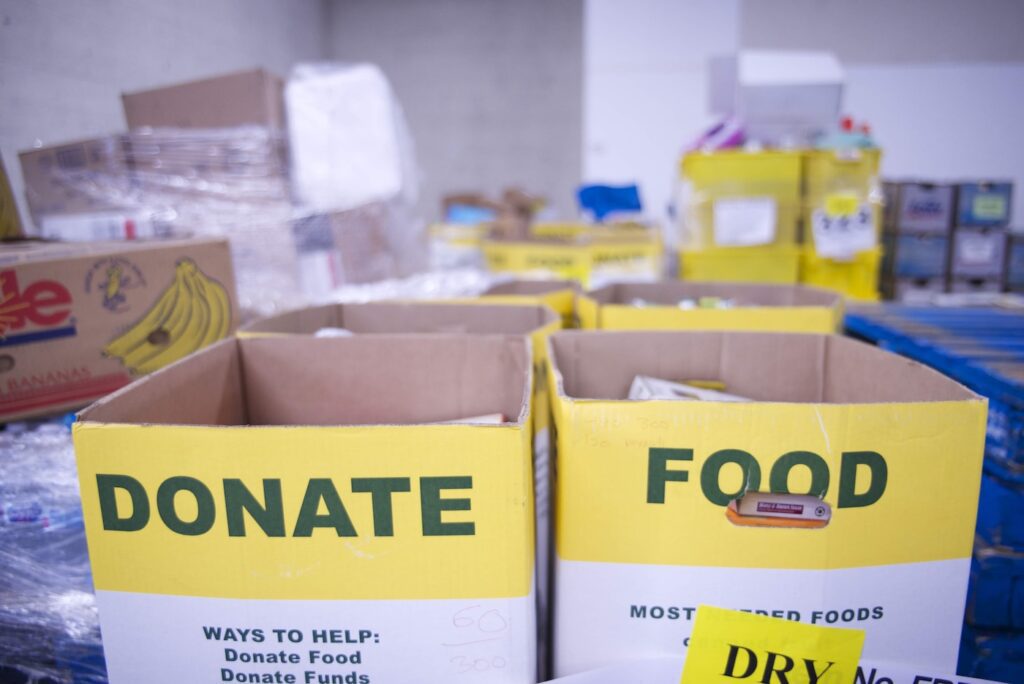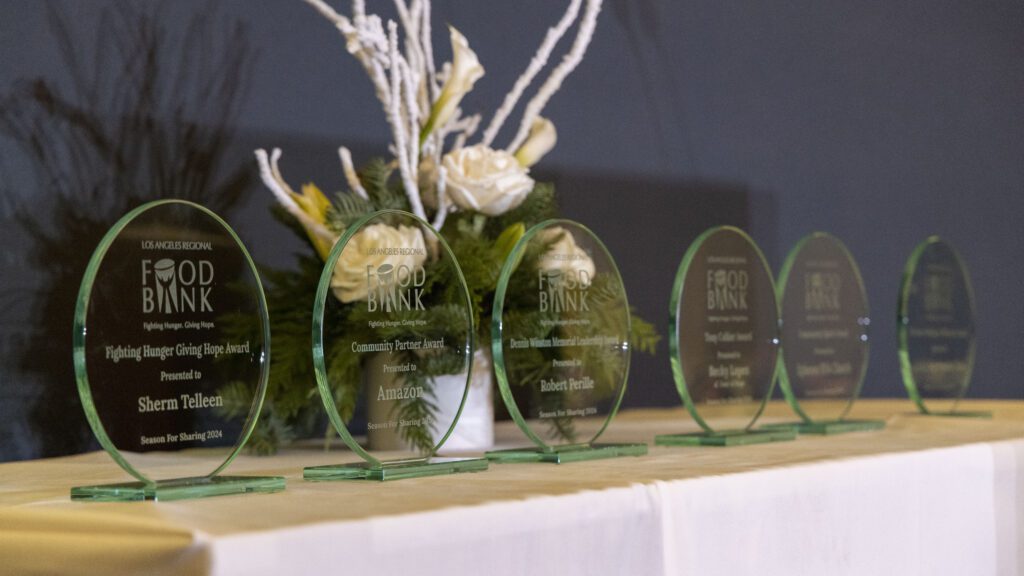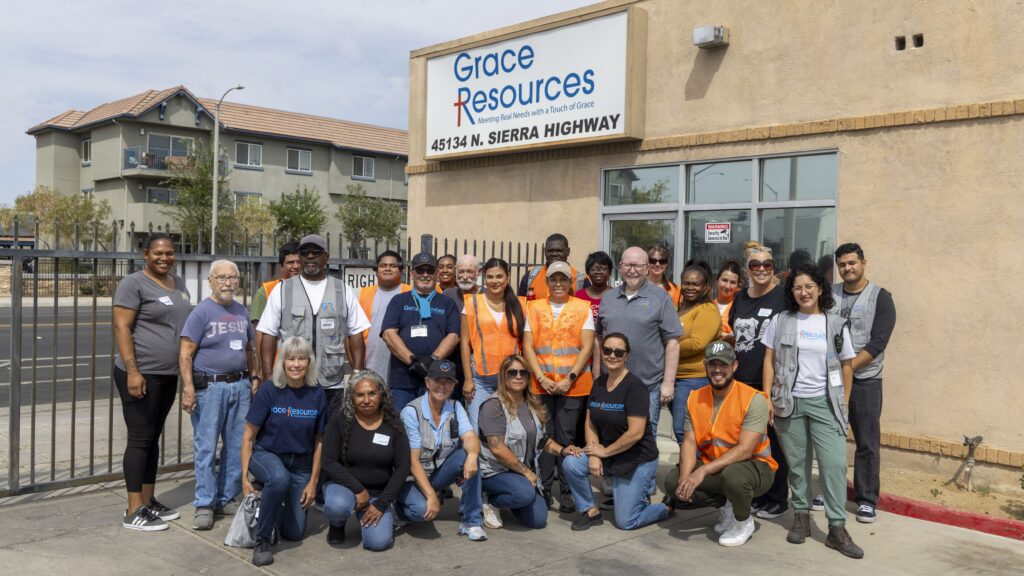What is and isn’t Covered with CalFresh?
What is and isn’t Covered with CalFresh?
The LA Regional Food Bank breaks down what is and isn’t eligible for purchase with SNAP benefits.
Los Angeles County is home to one of the largest populations of any county in the nation and one of the most substantial accounts of food insecurity. It is estimated that 1 in 5 LA County residents may not know where their next meal is coming from – including 1 in 4 kids.
In the almost fifty years since the LA Regional Food Bank was established, the Food Bank and our partner agencies of 600+ other non-profit organizations have been working toward our vision that no one goes hungry in LA County. Throughout the last fifty years, and markedly during the height of the COVID-19 pandemic and most recently during current inflation-induced economic hardships, the Food Bank has seen the many faces of hunger. Food insecurity impacts many from fixed-income older adults, individuals with disabilities, and low-income families to all groups of people despite education level, employment status, or ethnicity.
To help further address the needs of those that the Food Bank serves, CalFresh, known federally as the Supplemental Nutrition Assistance Program or SNAP, provides monthly food benefits to individuals and families with low-income. Federally mandated, state-supervised and county-operated, CalFresh is the most extensive food program in California and offers essential SNAP benefits – creating a vital hunger safety net for those in need.
Part of the application process involves an income and assets eligibility determination. An Eligibility Benefits Transfer (EBT) card is created and distributed to the individual or household with a monthly budget to be used at any grocery store or farmers market that accepts EBT cards. SNAP benefits can help individuals and families buy nutritious foods for a better diet, including more fruit, vegetables and other healthy foods. The Food Bank’s CalFresh Outreach Team assists with the application process. See if you qualify for SNAP benefits.
It is important to keep in mind that eligible households cannot use SNAP benefits to purchase:
- Beer, wine, liquor, cigarettes, or tobacco
- Vitamins, medicines, and supplements. If an item has a Supplement Facts label, it is considered a supplement and is not eligible for SNAP purchase.
- Live animals (except shellfish, fish removed from water, and animals slaughtered before pick-up from the store)
- Foods that are hot at the point of sale
- Any nonfood items such as
- Pet foods
- Cleaning supplies, paper products, and other household supplies.
- Hygiene items, cosmetic
SNAP recipients are welcome to use their EBT card for the following:
- Fruits and vegetables;
- Meat, poultry, and fish;
- Dairy products;
- Breads and cereals;
- Other foods such as snack foods and non-alcoholic beverages; and
- Seeds and plants, which produce food for the household to eat
With rising prices of everyday goods, fuel, transportation and housing, food-insecure households and individuals are facing inflationary pressures as high as it’s been in the past 40 years. Food-insecure individuals have to cut tight budgets to absorb the price increases that can quickly add up for those on limited and low incomes. Four dollars for more cooking oil makes a big enough difference for those who simply do not have room in the budget for price increases such as Patricia.
Your engagement and participation in the fight against hunger can make a crucial difference for those who face food insecurity. If you are in the position to, please consider donating, volunteering or signing up for our eNewsletter to see your impact.
If you, or someone you know, would like to learn more about CalFresh, or to register, please complete this form and someone from the Food Bank team will contact you.





